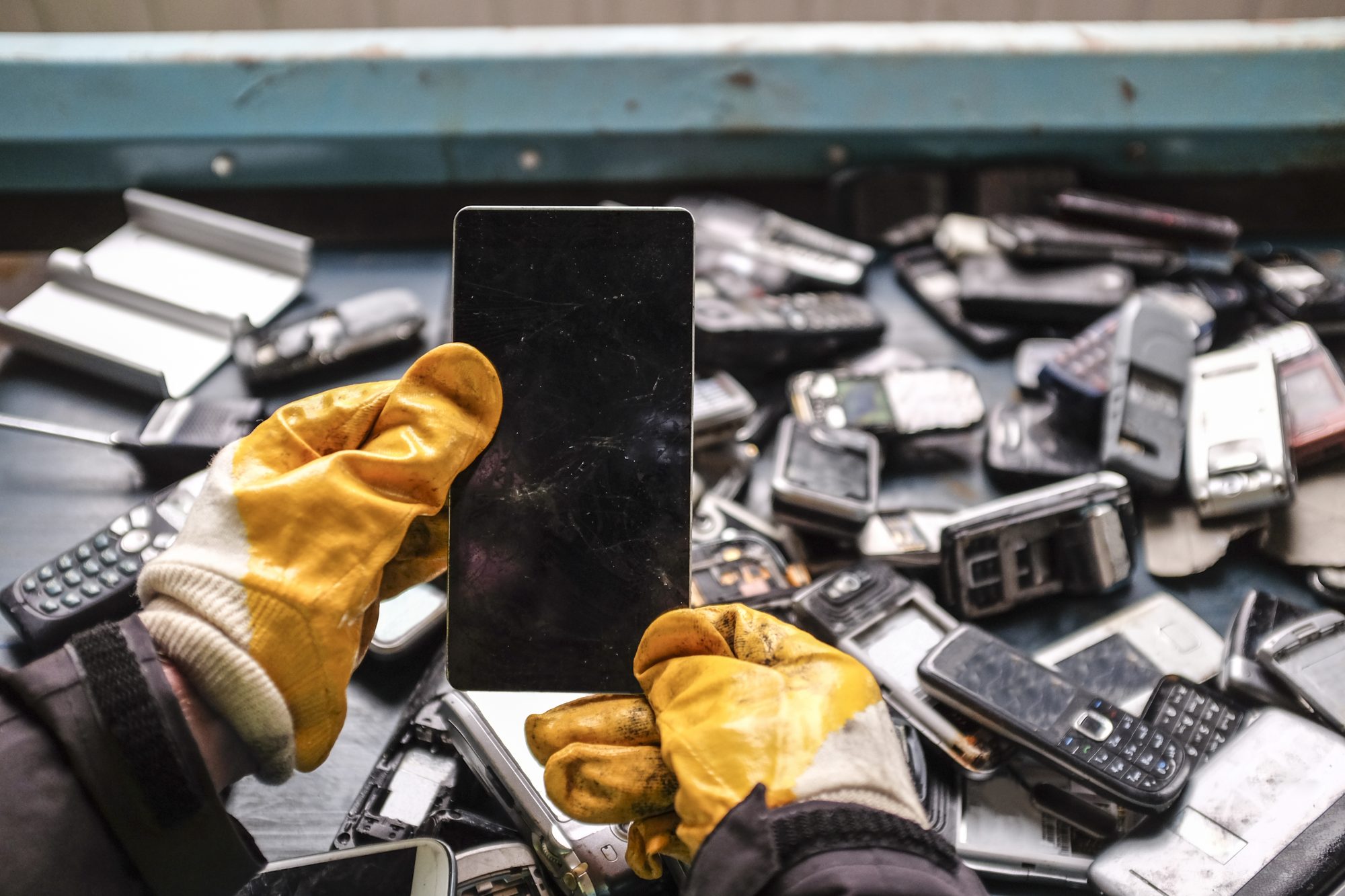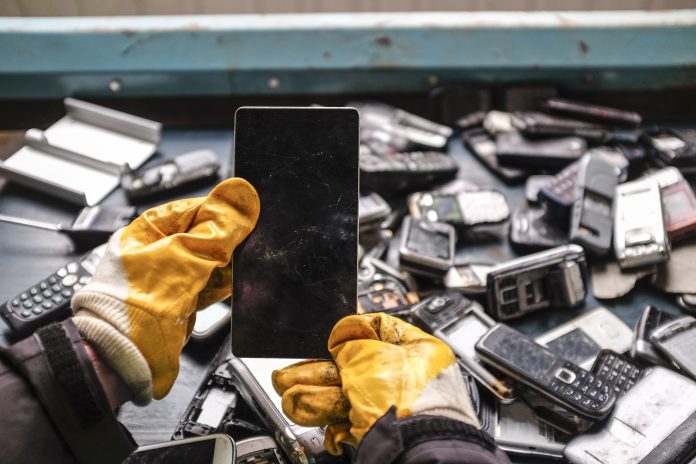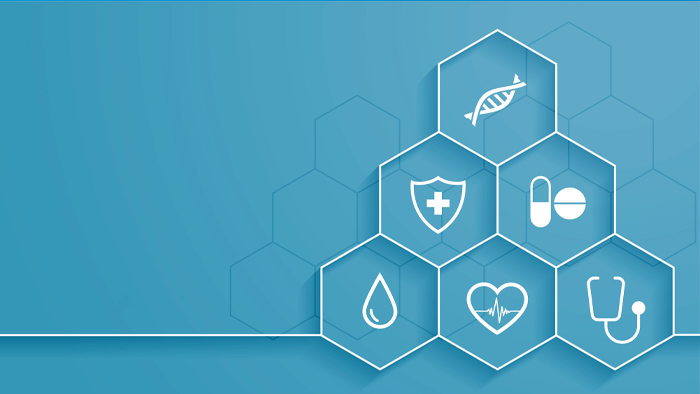Blockchain improves the customer experience and drives sustainability

[gpt3]rewrite

Blockchain can enable more efficient and environmentally friendly recycling programs, ensuring that e-waste is properly disposed of
According to the United Nations, electronic waste has become the world’s fastest growing household waste stream, with approximately 53.6 million metric tons generated in 2019 alone.
Mobile devices have become an important part of our lives, and while almost every person in the world over the age of 14 already has one, the industry is still on track to sell 1.5 billion smartphones this year.
Smartphones are the largest consumer product category ever created and the first $1tn category; however, increasing demand for new devices has contributed to a significant environmental problem – electronic waste.
The mobile phone industry is one of the biggest contributors, and most of the environmental impact occurs before a new device is even taken out of the box.
The production of a smartphone produces emissions of up to 85 kilograms of CO2
According to the GSMA, the production of a single smartphone can result in emissions of up to 85 kilograms of carbon dioxide equivalents (CO2e), while a used device only produces 10 kilograms.
Furthermore, a study by Accenture found that extending the life of a mobile phone from 18 months to four years can result in a 40% reduction in CO2e emissions; a longer lifespan means that fewer new phones have to be produced, and thus emissions from production, transport and disposal are reduced.
Extending the lifespan of a mobile phone from 18 months to four years can result in a 40% reduction in CO2e emissions
At Mobile World Congress 2023 (MWC), one of the main topics among industry leaders was how the mobile industry could create a circular economy for devices, extending their lifespan and reducing waste.
These discussions covered topics such as sustainable mobile devices, incentives for second-life devices, supply and demand challenges and the importance of collaboration to create a more circular economy.
All agreed that there was an urgent need for the mobile industry to move from a take-make-waste model to a circular, more sustainable approach.
Turning waste barriers into sustainable opportunities
However, several barriers must be overcome to make this a reality:
- Standardization: Each manufacturer currently uses its own proprietary systems and software, making it difficult to track a phone’s history and ownership.
- Consumer behavior: Many consumers still prefer to buy new devices over used ones, even if they are more expensive. Raising awareness of the environmental impact of their purchasing decisions and encouraging them to choose used devices will be critical to the success of this initiative.
- Trust: Consumers distrust the value and performance of used devices; from repair history to battery performance and age, the limited information available on used devices makes this an unattractive and unfeasible option.
No industry player has a clear process for satisfying these barriers, and as a result, new units are bought in, often when a good quality used unit more than meets the needs of customers.

The role of blockchain technology
A critical way to address these concerns is through blockchain technology, which can track the life cycle of a device, including production, distribution, ownership and disposal. Creating a secure and immutable record of a device’s history will increase consumer confidence and use of used devices and enable sales at higher prices.
Furthermore, by tracking the lifecycle of a device, it is possible to streamline refurbishing, recycling and resale processes, leading to faster turnaround times and lower costs. These efficiency savings will provide more opportunities for global carriers, OEMs, businesses and individuals to participate in the circular economy.
That said, this approach is not without its challenges; the technology is still relatively new and untested on a large scale, and it is crucial to find ways to make the process, which is very energy intensive, more energy efficient.
Regulation, integration, education and cooperation
There are several requirements, both technical and operational, that need to be implemented to enable blockchain in the mobile industry;
- Regulation: The government must create a regulatory framework for device traceability, to ensure that the data collected was secure and compliant with privacy
- Integration: Mobile operators and retailers need to integrate blockchain technology into their existing systems to create a seamless and transparent experience for customers
- Education: Consumers need to be educated about the benefits of buying and selling used devices and learn about how blockchain provides a higher level of security and trust
- Cooperation: Frameworks must be implemented to ensure that the data collected is secure and privacy compliant. These will require investment from OEMs and carriers and will be critical to helping build consumer confidence
Creating a common OEM carrier funded model to invest in the technology, its framework and control could be the quick fix to bring this model to life in the coming years.
Far-reaching potential to reduce electronic waste
The implementation of blockchain-enabled traceability for used smartphones has the potential to have a significant impact on reducing e-waste in the mobile industry.
For customers, buying a used device with a blockchain-verified history provides greater confidence in the quality and authenticity of the product.
The opportunity to sell a used device at a higher price also motivates customers to take better care of their devices
The ability to sell a used device at a higher price also motivates customers to take better care of their devices, leading to a longer device life and reducing environmental impact. For mobile operators, retailers and other players in the industry, there are potential new business opportunities that need to be explored.
In addition, blockchain can enable more efficient and environmentally friendly recycling programs, ensuring that electronic waste is properly disposed of. Furthermore, device tracking can see carriers and OEMs significantly increase profitability with faster turnaround times in device refurbishment, repair and logistics.
For blockchain to succeed in the mobile industry, governments, mobile operators, retailers and consumers must work together to create a regulatory framework and integrate this technology into their existing systems. Doing so will reduce electronic waste, extend the life of mobile devices and create a more sustainable tomorrow for all.
This piece was written and submitted by Hastings Singh, Chief Customer Officer, Kingfisher.
Editor’s Recommended Articles
[gpt3]
























